ABOUT THE BOOK
Zen ritualssuch as chanting, bowing, lighting incense before the Buddha statueare ways of recognizing the sacredness in all of life. A ritual is simply a deliberate and focused moment that symbolizes the care with which we should be approaching all of life, and practicing the Zen liturgy is a way of cultivating this quality of attention in order to bring it to everything we do. Here, John Daido Loori demystifies the details of the Zen rituals and highlights their deeper meaning and purpose. We humans are all creatures of ritual, he teaches, whether we recognize it or not. Even if we dont make ritual part of some religious observance, we still fall into ritual behavior, whether it be our daily grooming sequence or the way we have our morning coffee and paper. We run through our personal rituals unconsciously most of the time, but there is great value to introducing meaningful symbolic rituals into our lives and to performing them deliberately and mindfullybecause the way we do ritual affects the way we live the rest of our lives. The book includes instructions for a simple Zen home liturgy, as it is practiced by students of the Mountains and Rivers Order of Zen.
JOHN DAIDO LOORI (19312009) was one of the Wests leading Zen masters. He was the founder and spiritual leader of the Mountains and Rivers Order and abbot of Zen Mountain Monastery. His work has been most noted for its unique adaptation of traditional Asian Buddhism into an American context, particularly with regard to the arts, the environment, social action, and the use of modern media as a vehicle of spiritual training and social change. Loori was an award-winning photographer and videographer. His art and wildlife photography formed the core of a unique teaching program that integrated art and wilderness training by cultivating a deep appreciation of the relationship of Zen to our natural environment. He was a dharma heir of the influential Japanese Zen master Taizan Maezumi Roshi and he authored many books.
Sign up to learn more about our books and receive special offers from Shambhala Publications.

Or visit us online to sign up at shambhala.com/eshambhala.
BRINGING THE SACRED TO LIFE
The Daily Practice of Zen Ritual
JOHN DAIDO LOORI
 SHAMBHALA Boston & London 2012
SHAMBHALA Boston & London 2012
SHAMBHALA PUBLICATIONS, INC.
Horticultural Hall
300 Massachusetts Avenue
Boston, Massachusetts 02115
www.shambhala.com
1999 by Dharma Communications
Originally published by Dharma Communications Press under the title Celebrating Everyday Life: Zen Home Liturgy
Appendix 2008 by the Mountains and Rivers Order
Photo credits: by Dan Colcer.
All rights reserved. No part of this book may be reproduced in any form or by any means, electronic or mechanical, including photocopying, recording, or by any information storage and retrieval system, without permission in writing from the publisher.
Library of Congress Cataloging-in-Publication Data
Loori, John Daido.
[Celebrating everyday life.]
Bringing the sacred to life: the daily practice of Zen ritual / John Daido Loori.
p. cm. (Dharma communications books.)
Originally published: Celebrating everyday life. Mt. Tremper, NY: Zen Home Liturgy, 1999.
eISBN 978-0-8348-2350-1
ISBN 978-1-5903-0533-1 (pbk.: alk. paper)
1. Zen BuddhismRituals. 2. Religious lifeZen Buddhism.
I. Title.
BQ9270.2.L67 2008
294.3438dc22
2007038238
J UST AS IN the arts of painting, poetry, music, and dance, in Zen liturgy we manifest that which is known to us intuitively in the form of a visible, tangible reality. In this way, liturgy tends to make palpable the common experience of a group. There is, however, very little explanation of liturgy generally available. It is rare to see a substantive work on the subject in Buddhism or any of the other major religions. At best, were given an explanation of the form, usually with little or no insight as to how the liturgy really functions or what it means. Indeed, liturgy is a very difficult subject to talk about because it is so fundamentally experiential. Talking about it tends to move us further and further from the heart of the matter.
In the religious life of many Americans, liturgy is experienced as little more than a collection of meaningless gestures and rituals. Because it doesnt fit into our scientific reference system, our tendency may be to reject it outright. We seem, in fact, to be a culture with distinctly polarized reactions to liturgy. While at the one end there are those who become very attached to the forms, at the other extreme are those who adamantly reject everything even remotely resembling religious ritual. Yet, in actuality, whether we realize it or not, we are immersed in secular ritual all the time. Liturgy is a constant reaffirmation of the experience of a group of people. From the United States Senate to the Marine Corps to baseball fans enjoying a game at the stadium, there is a liturgical identification between the participants and the events they are involved in.
Ritualistic behavior is an integral part of all lifenot only the life of human beings, but every kind of life, from bees, wolves, cats, birds, insects, and worms right down to bacteria. Ritual is simply an inherent aspect of social interaction. Part of the problem we have with liturgy in this country comes about because we like to consider ourselves an essentially secular culture while, in fact, there is a theistic supposition underlying the way most of us understand how the universe works. This becomes obvious in how difficult it is for most Americans to recognize sacred ritual or liturgy that does not address a divine being. Put most simply, the question we have to deal with in nontheistic Zen liturgy is, What is the ritual about if the Buddha is not a god? In Zen the question of a divine being is not central and, instead, the emphasis is on the ground of being, the Buddha nature, which is not separate from the nature of the self.

Photo 1
All of Zens rites and rituals are constantly pointing to the same place, to the realization of no separation between the self and the ten thousand things. Zen liturgy is upaya, skillful means. Like zazen and all the other areas of training, it functions as a way of uncovering the truth which is the life of each one of us. Zen study, face-to-face teaching, work practice, academic study, art practice, body practice, the Precepts all point to the same place: the nature of the self. Skillful means are necessary because each one of us, just as we are, is already perfect and complete. We lack nothing. What we seek is exactly where we stand. But knowing this doesnt do anything; it is not a matter of knowing. It has to be realized as the functioning of our lives. And for practice to function, for liturgy to function, it must first be wholeheartedly engaged. Practice is always with the whole body and mind. Just imitating the honchos, aping the formmonkey see, monkey dois a dead end. It is like binding oneself without a rope.
The first morning service at the monastery each day is dedicated to Shakyamuni Buddha and expresses our identification with him. Shakyamuni Buddha is not deada hall full of buddhas identifies with him. But what does Buddha mean? What does enlightenment mean? Is enlightenment something that you get or that is given to you? Of course not. This is why we say that there are no Zen teachers and there is nothing to teach, pointing again to the fact that we already have what we seek. This first daily service expresses that wisdom. It is an identification with what we already haveour Buddha nature, the intrinsic enlightenment of each one of us.
Next page


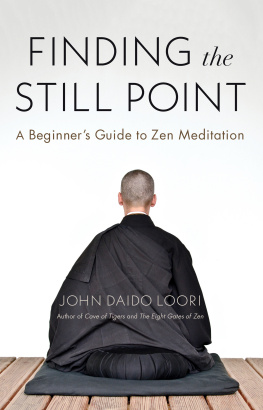

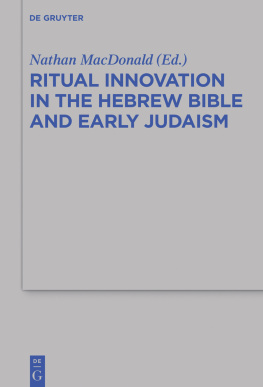
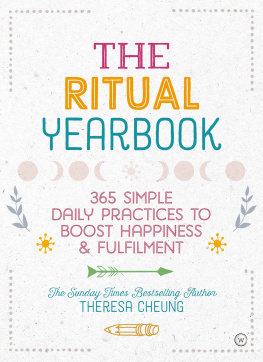
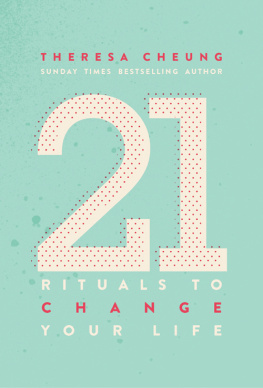

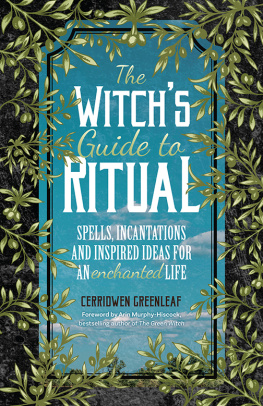



 SHAMBHALA Boston & London 2012
SHAMBHALA Boston & London 2012